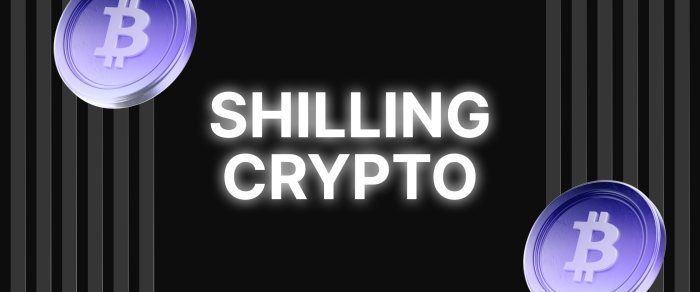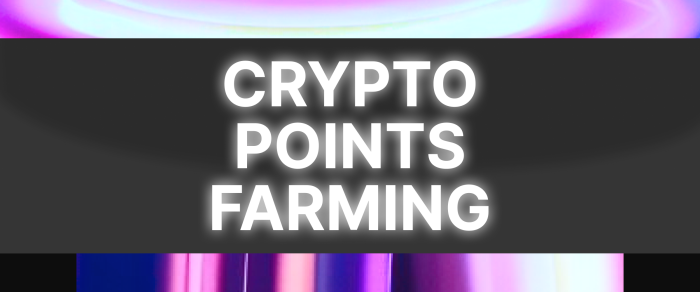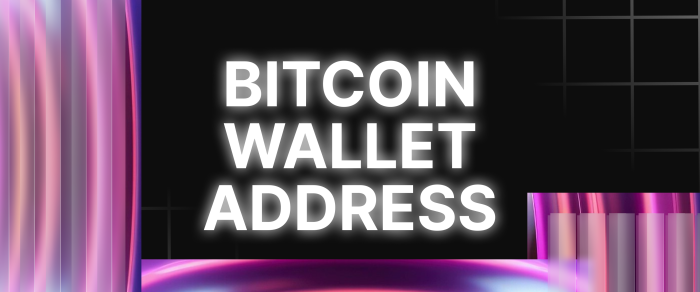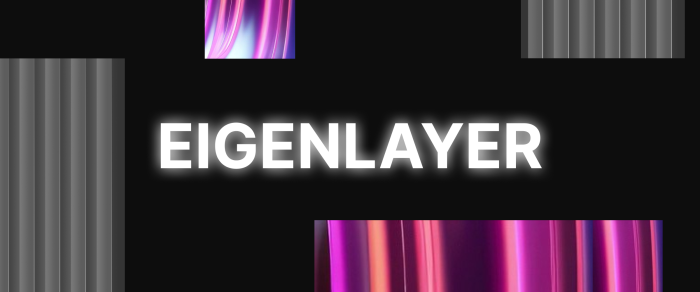Shilling Crypto: Does it Work in 2025?
In the cryptocurrency world, few things spark debate, like the art — and the controversy — of shilling crypto. Once seen as the wild, untamed heartbeat of crypto marketing, the shilling has evolved from flashy tweets and celebrity endorsements into something more complex.
Today, it’s no longer about who shouts the loudest. It’s about who builds trust, who tells the best story, and who understands that the modern crypto audience can’t be fooled so easily. In 2025, where AI bots, micro-influencers, and community-driven hype shape the conversation, the line between genuine support and strategic promotion has never been thinner.
So, what does the shilling mean in crypto today — and does it still work in a world that’s wiser, faster, and far less forgiving? Let’s find out.
Key Takeaways
- Shilling crypto can still spark short-term price pumps but rarely builds sustainable success without real fundamentals.
- Today’s audience demands transparency and easily detects hidden agendas behind promotions.
- The future of shilling in crypto blends AI, decentralised reputation systems, and community-driven marketing.
Crypto Shilling Definition
When you hear the term “shilling” in cryptocurrency, it usually doesn’t have a positive tone. Crypto shilling refers to aggressively promoting a digital asset — like a token, coin, or project — often without revealing a personal stake or financial interest. The ultimate goal? To drive up excitement, demand, and, ideally, the price.
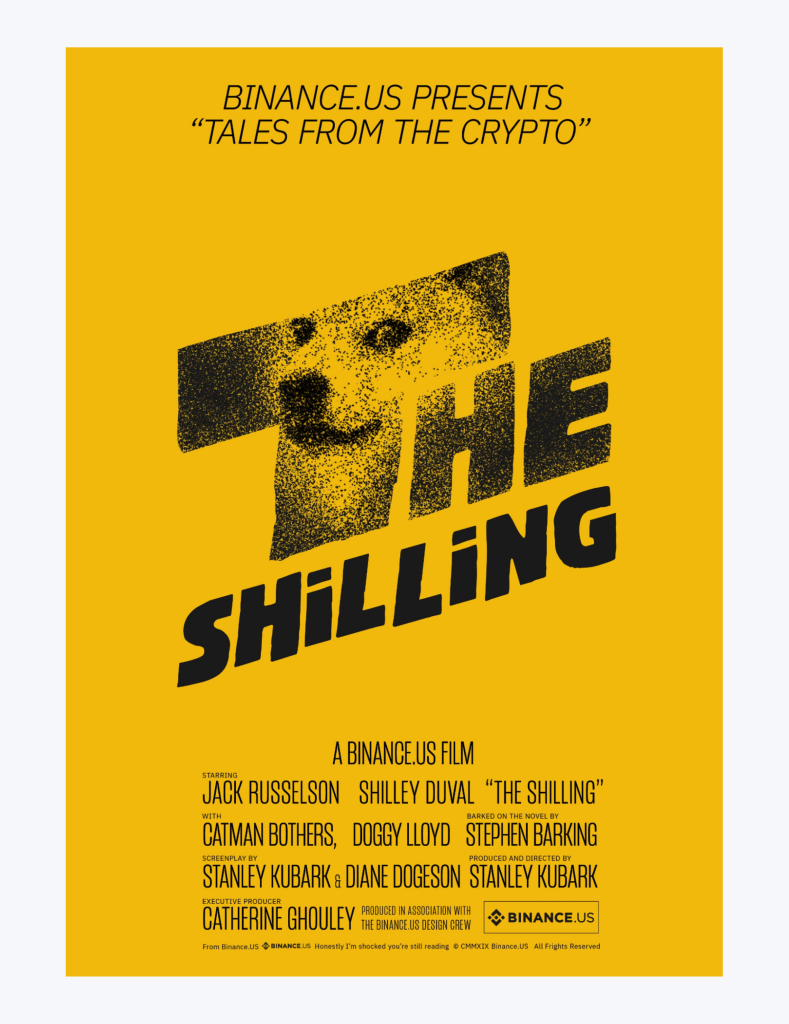
At its core, shilling is a type of marketing — but it’s often marketing with a hidden agenda. Unlike transparent advertising, in which it’s clear that someone is being paid or incentivised, the shilling usually disguises itself as genuine enthusiasm.
Influencers, anonymous accounts, or even everyday users might rave about a crypto project on social media, in forums, or at events, making it seem like an organic, grassroots movement. But behind the scenes, they could hold large amounts of the token, hoping to sell at a profit once the buzz drives the price higher.
Over the years, shilling crypto has taken many shapes. In the early days, it was often blatant — think Twitter posts filled with rocket emojis and promises of “going to the moon.” As the industry matured, so did the techniques. Shilling can be subtle today: a well-placed comment on Reddit, a casual mention during a YouTube livestream, or a swarm of TikTok videos hyping a “hidden gem” token.
Of course, not all promotions are bad. There’s a fine line between sharing genuine excitement about a project you believe in and misleading others purely for personal gain. Ethical promotion is transparent, discloses affiliations, and doesn’t make wild promises. Shilling, however, often withholds key information and exaggerates the potential to lure unsuspecting buyers.
Fast Fact
Some AI bots in 2025 are so advanced that they can build entire “fake communities” around a token, mimicking real user conversations to fuel shilling
How Shilling Has Evolved (2017–2025)?
In 2017, during the peak of the first big crypto boom, the shilling was practically everywhere — and it was wildly obvious. Twitter, YouTube, and Telegram influencers would blast out names of obscure ICOs (Initial Coin Offerings), claiming they were “the next Bitcoin.” Some even promised 10x or 100x returns without batting an eye. It wasn’t uncommon to see celebrities — who barely understood crypto — promoting random tokens to millions of followers.
During that time, the market was like the Wild West. Regulation was almost nonexistent, and many people were discovering Bitcoin, Ethereum, and other altcoins for the first time. In that frenzy, the shilling thrived. A few well-placed tweets could send a project’s token price soaring overnight, and early investors — often the ones doing the shilling — would cash out while newcomers were left holding the bag.
Fast-forward to 2020–2021, and the game has changed slightly. Shilling crypto took on new forms with the explosion of NFTs, DeFi, and meme coins like Dogecoin and Shiba Inu. It wasn’t just individuals anymore — it was full-blown communities.
Entire Discord servers and Telegram groups popped up purely to coordinate the mass promotion of certain coins. TikTok also became a major shilling battleground, where short, viral videos made meme tokens explode in popularity.
However, this era also saw rug pulls and high-profile scams rise. As billions of dollars were lost, investors started waking up. People became more sceptical. At the same time, governments and regulators — especially in the U.S., Europe, and parts of Asia — began cracking down on undisclosed promotions. Cases against celebrities promoting unregistered securities without disclosure sent a chilling message across the industry.
By 2023, the tone of the shilling had shifted again. Projects and promoters became smarter. Rather than loud, obvious hype, there was a move toward “stealth shilling” — where influencers would drop subtle hints or back projects anonymously to build “organic” hype. Micro-influencers, who seemed more authentic and trustworthy, became a key part of marketing strategies. AI also entered the picture, with bots generating thousands of social media posts to create the illusion of massive interest.
In 2025, shilling crypto still exists — but it’s much more polished. Here’s what’s different today:
- Audiences are savvier. Most people now know to be wary of “guaranteed 100x” promises.
- Regulations are stricter. Influencers and marketers must disclose if they’re being paid, or face serious fines.
- AI-powered shilling is on the rise. Some campaigns use advanced bots to engage in discussions, post comments, and even simulate real user behaviour.
- Community-led shilling feels more authentic. Projects encourage real holders to share their enthusiasm, offering incentives like airdrops, loyalty rewards, or governance tokens — making it harder to tell where genuine excitement ends and strategic marketing begins.
Shilling Tactics in 2025
It’s 2025, and if you think crypto shilling has faded into the background, think again. It’s still alive — smarter, quieter, and much harder to spot. Unlike the old days of loud Twitter spam and obvious hype videos, today’s shilling tactics have evolved into sophisticated, layered strategies designed to feel natural.
Let’s break down how it works now.
Micro-Influencer Promotions
Gone are the days when only mega-celebrities moved markets. In 2025, crypto projects prefer using micro-influencers — people with smaller but highly engaged audiences. These influencers come across as more relatable and trustworthy.
A micro-influencer might casually mention a new token in a podcast, weave it into a broader conversation about market trends, or post a low-key tweet about how they’re “personally bullish” on a project. It doesn’t scream “paid promotion,” but that makes it so effective. The key here is subtlety — the promotion feels like a personal recommendation, not an ad.
AI-Generated Shilling
Another big trend in 2025 is AI-driven marketing campaigns. Teams now deploy AI bots that can produce thousands of tweets, Reddit comments, Medium articles, and even YouTube shorts — all customised to sound like real people.
These AI agents are smart enough to engage in conversations, argue points, share memes, and slowly build buzz around a project without setting off alarm bells. Some AI bots are even trained on crypto community slang to sound authentic. It’s not about a single post anymore — it’s about creating a full ecosystem of fake excitement.
Pseudonymous Promotion
Anonymity is a big theme in 2025. Instead of promoting under their real identities, some shillers build anonymous personas — Twitter accounts, Substack newsletters, or Discord profiles with loyal followings — that exist solely to push certain projects.
These accounts often gain followers by posting educational content, market analysis, or meme-worthy takes. Once they build enough trust, they start weaving project promotions into their regular posts, making it hard to tell where genuine insight ends and shilling crypto begins.
Community-Driven “Organic” Shilling
Smart projects today know the best shilling doesn’t come from obvious ads — it comes from the community itself. Projects often set up reward programs encouraging holders to create memes, videos, TikToks, and blog posts promoting the token.
The incentives might be small — extra tokens, NFTs, access to private groups — but when multiplied across thousands of users, it creates the appearance of genuine grassroots excitement. It’s hard to argue with dozens of enthusiastic posts if you don’t know they’re being nudged from behind the scenes.
Guerrilla-Style Viral Marketing
Some shillers have taken things to the streets — literally. You might see cryptic QR codes on posters, guerrilla-style flash mobs, or viral “leaks” on TikTok hinting at the next “undiscovered” project. The goal is to spark curiosity without looking like a sales pitch.
People today are more suspicious of anything that looks too polished or corporate, so shilling crypto in 2025 often embraces a raw, chaotic vibe to feel more authentic.
Influencer Syndicates
Behind the scenes, an entire network of influencers often coordinates launches together. A project might quietly align 50–100 influencers to discuss it in a coordinated way within the same 48-hour window.
The result? It looks like “everyone” is suddenly talking about a project out of nowhere, giving the impression of organic virality — when, in reality, it’s been carefully orchestrated for months.
Does Shilling Actually Work Today?
Shilling crypto is still alive in 2025 — but it doesn’t work as it used to.

While a clever campaign can create a short-lived buzz and even spark quick price surges, today’s crypto investors are far more sceptical and harder to impress. Hype alone isn’t enough anymore; people want real value, strong communities, and transparent communication.
Audience Scepticism
In 2025, the crypto audience will become sharper and much harder to deceive than just a few years ago. After witnessing countless rug pulls, pump-and-dump schemes, and the crash of overhyped NFT projects, most investors have developed a built-in scepticism.
People no longer place blind trust in influencers because they have a blue checkmark or a massive following. Nowadays, when someone talks up a new project, savvy investors immediately start asking tough questions: Is this person secretly getting paid? Are they sitting on a giant bag of tokens? Are they planning to dump on their followers?
Transparency has become a major signal of credibility. Projects that clearly disclose partnerships, explain their tokenomics in straightforward language, and steer away from outrageous promises are the ones earning real trust.
Conversely, shady shilling — especially when it’s heavy-handed — often triggers instant backlash across platforms like X (formerly Twitter), Reddit, or crypto-focused communities like Farcaster.
Impact on Token Prices
Shilling crypto still has the power to move token prices — but mostly in the short term.
A coordinated social media campaign can spark quick excitement, driving traders to pile in and creating dramatic price spikes. Sometimes, a token might surge 20%, 50%, or even double within days because of well-timed hype.
But here’s the hard truth: the excitement burns out fast unless the project has real substance — solid technology, genuine users, or a believable long-term plan. What usually follows is a brutal comedown, where late investors are left holding heavy losses.
Sustainable growth today comes from real adoption and community loyalty, not endless threads shouting “next 100x gem.” Shilling can still light the match, but without real value underneath, the fire never lasts.
Success Stories
Even with heightened skepticism, there are moments when smart shilling still succeeds in 2025.
Meme coins are a classic example. Tokens like $WOJAK and some newer meme-based projects thrive not because they offer technological breakthroughs but because their communities are deeply engaged and creative. Shilling crypto, in these cases, isn’t just tolerated — it’s part of the culture, helping memes spread and go viral.
Similarly, some newer legitimate projects have pulled off smart influencer-driven launches. They’ve ignited real momentum without triggering distrust by carefully coordinating authentic endorsements and offering early incentives. When shilling feels natural and is backed by real project delivery, it becomes a powerful tool.
Cross-platform buzz also plays a role. When excitement about a project spreads simultaneously across social media, it creates a strong fear of missing out — helping to drive early adoption before deeper fundamentals take over.
Failures and Scams: Where Shilling Crypto Has Backfired
However, for every success story, there are countless cautionary tales where shilling led to disaster.
Celebrity-endorsed rug pulls still happen, even in 2025. Some stars continue to slap their names on questionable tokens, only for the projects to implode once investors realize there’s nothing of substance behind the glamor.
We’ve also seen high-profile NFT drops hyped to the moon before launch, only faded into irrelevance weeks later because they lacked real utility or community support. Even more common today are fake “AI-powered crypto” projects — a hot trend in 2025 — where scammers use the buzzword “AI” to pump tokens and then vanish after launch, leaving retail investors holding worthless bags.
In almost every case, the same cycle: massive hype, a sharp price spike, a quick reality check, and a brutal crash. And with today’s lightning-fast information flow, once a project gets labeled as a scam or a cash grab, it’s nearly impossible to shake off the damage.
Future of Shilling: What’s Next?
As we look ahead, it’s clear that crypto shilling isn’t going anywhere, but how it’s done is about to change dramatically. After years of evolving tactics and a smarter, more skeptical audience, the future of the shilling will be shaped by new technologies, stricter regulations, and shifting community expectations.
First and foremost, AI will take an even bigger role. In 2025, we’re already seeing bots capable of writing social media posts, engaging in conversations, and mimicking human humor and emotion.
Going forward, these AI systems will get even better — creating entire “personalities” that build audiences over time, slowly promoting projects authentically. Instead of obvious hype campaigns, you’ll have subtle, ongoing influence woven into everyday crypto chatter. Detecting AI-driven shilling might become a full-time job in itself.
At the same time, regulators are catching up. Agencies across the U.S., Europe, and Asia are pushing for full disclosure around crypto promotions. Expect to see more rules requiring influencers, marketers, and anonymous community leaders to declare if they’re being compensated — and harsher penalties if they don’t. In the future, hidden shilling won’t just be frowned upon; it could carry serious legal consequences.
Another significant shift is the rise of reputation-based systems. As trust becomes the most valuable currency in crypto, projects and communities will likely lean on on-chain reputation scores or decentralised ID systems. Imagine a world where you can check a promoter’s trust rating, public endorsements, and project history before you invest — all stored transparently on blockchain. Credibility will be earned, not faked, and reckless shillers will find it harder to jump from scam to scam without exposure.
We’re also likely to see the blurring of lines between shilling crypto and community building. Projects will focus more on empowering real users — offering incentives for education, content creation, and real engagement rather than simple price hype. Organic buzz will be the gold standard, and token holders will become the main promoters, driven by genuine belief rather than quick rewards.
Conclusion
Crypto has always been a space where excitement moves faster than reason — and shilling has long been its secret weapon. But in 2025, the game has changed. Today’s investors don’t just want promises; they want proof. They don’t fall for loud slogans; they look for real value and transparent intentions.
Shilling crypto might still light fires, but only projects built on strong foundations will survive the heat. As AI blurs the line between human enthusiasm and synthetic buzz and regulators tighten their grip on hidden promotions, the future belongs to those who can earn trust instead of faking it.
FAQ
What does the shilling mean in crypto?
Shilling crypto means aggressively promoting a coin or project, often without revealing personal financial interests.
Is shilling in crypto illegal?
Not necessarily, but failing to disclose financial incentives can violate regulations and lead to legal consequences.
Do crypto shilling services still work in 2025?
Yes, but only with genuine value, transparency, and smart marketing strategies.
How can I spot shilling crypto today?
Look for overly aggressive promotion without clear disclosures, exaggerated claims, and sudden coordinated social media buzz.
